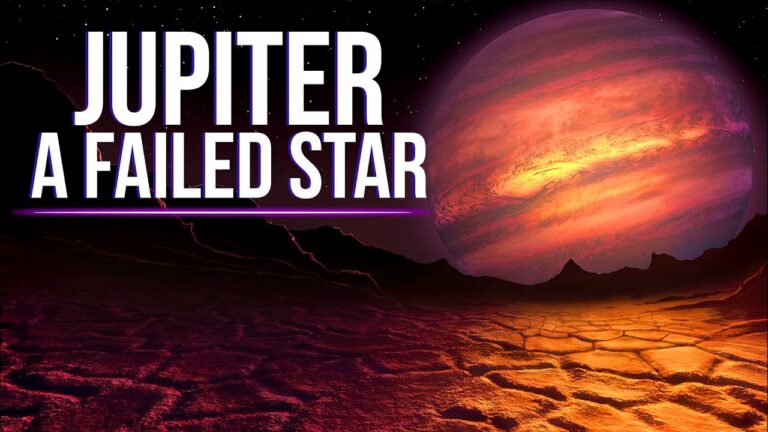Is Jupiter A Failed Star? And What Would Happen If It Really Became One?
Not infrequently, especially on the Web, one still finds astronomy articles claiming that the planet Jupiter should be considered a “failed star,” that is, a celestial body whose mass “almost” allowed it to trigger nuclear fusion reactions, but failed to do so.
What is true about this statement?
In all likelihood, this is a belief born in the late 1970s, when it was discovered that Jupiter radiates about one and a half times the amount of heat it receives from the Sun into space. This may have led to the suggestion that at one time the planet may have produced heat by nuclear fusion; heat that would then have been partially conserved by thermal inertia.
But if this were indeed the case, how is it that Saturn, which has a mass more than three times less than that of Jupiter, emits as much as two and a half times the heat it receives from the Sun?
Indeed, it is impossible that a celestial body with a certain mass emits more heat than another with a higher mass.
And in fact, the explanation for the phenomenon is another. Jupiter’s internal structure consists of several layers: below the gaseous atmosphere, we find a layer of liquid hydrogen and helium, one of metallic hydrogen, and a solid core whose composition is still uncertain. In the first layer, helium, being heavier, tends to descend, pushing up hydrogen. This results in a release of gravitational energy, and thus heat.
In the case of Saturn, since it is farther from the Sun and therefore colder, the “stirring” due to thermal motions is less, and therefore the helium sinks more easily. Hence the greater intensity of heat emitted by the planet.
Do not forget to share your opinion with us to provide you with the best posts !




I am truly delighted to glance at this blog posts which carries plenty of helpful information, thanks
for providing these statistics.